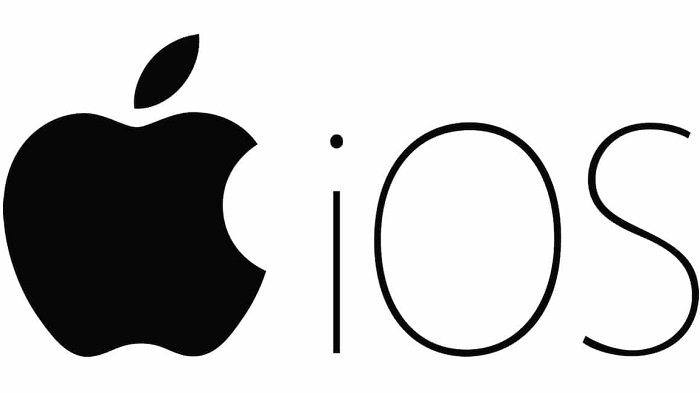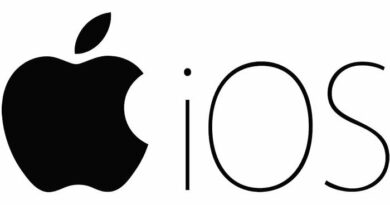How to Backup Your MacBook: A Comprehensive Guide
Table of Contents
In today’s digital age, the data stored on your MacBook is invaluable. Losing files, photos, and other important data due to unforeseen events can be devastating. Therefore, understanding how to efficiently back up your MacBook is crucial for safeguarding your digital assets.
Methods to Safeguard Your MacBook Data
Manually Backup MacBook to External Storage Drive
The most straightforward method to secure your MacBook data is by connecting your computer to an external storage drive. Follow these simple steps:
- Connect the external storage device to your MacBook.
- Open Finder and ensure the external storage device appears in the side-menu.
- Drag and drop files or folders from your desktop to the attached storage device.

This method offers simplicity and flexibility – effortlessly transfer data back and forth between your MacBook and the storage drive whenever needed.
Use Time Machine to Backup MacBook
macOS features a built-in backup utility called Time Machine, designed for seamless and automated backups. Follow these steps to set up Time Machine:
- Click on the Apple Logo in the top menu and select System Preferences.
- Click on the Time Machine icon.

- On Time Machine screen, select backup automatically option (if click on Select Backup Disk… button.

- Choose the external hard drive connected to your Mac and click on “Use Disk.”

- Opt for automatic backups to keep your data continuously updated.
While Time Machine is highly efficient, it’s advisable to manually back up photos to iCloud or an external storage drive, excluding them from Time Machine backups.
Automatically Backup MacBook to iCloud
Apple provides MacBook users with 5 GB of free iCloud storage, extendable at competitive rates. Here’s how to set up automatic backups to iCloud:
- Click on the Apple Logo and select System Preferences.
- Choose Apple ID, then select iCloud in the left pane.

- Customize backup items like photos, contacts, calendars, notes, and reminders.
For additional control, set up automatic backups for files on your desktop and in the documents folder.
Manually Backup MacBook to iCloud Drive
If you prefer a more hands-on approach to iCloud backups, follow these steps:
- Open Finder on your Mac.
- Select iCloud Drive in the left pane.

- Choose folders to back up, then drag them to the iCloud Drive tab.
Allow some time for the transfer, depending on your internet speed and the data size.
Backup MacBook to Other Cloud Storage Services
Explore alternative cloud storage services like Google Drive, OneDrive, and Dropbox for seamless data backups. These services provide similar functionality to iCloud Drive.
Why is it essential to back up a MacBook?
Backing up a MacBook is crucial to prevent data loss in case of unexpected events such as theft, loss, or hardware failure. It safeguards important files, photos, and data stored on the computer.
What is the advantage of manually backing up MacBook to an external storage drive?
Manually backing up to an external storage drive provides simplicity and flexibility. Users can easily drag and drop files between the MacBook and the storage drive, allowing for convenient data transfer.
How does Time Machine contribute to MacBook backups?
Time Machine, a built-in utility in macOS, enables automated and continuous backups. It ensures that the external storage drive remains updated as the data on the MacBook changes during day-to-day use.
Why might users choose to exclude photos from Time Machine backups?
User experiences suggest manually backing up photos to iCloud or an external storage drive is preferable. This practice avoids unnecessary duplication and potential storage inefficiencies in Time Machine backups.
How can users set up automatic backups to iCloud for their MacBook?
Users can go to System Preferences, select Apple ID, then choose iCloud. Customize backup items such as photos, contacts, calendars, and more. For additional control, set up automatic backups for files on the desktop and in the documents folder.
What is the advantage of manually backing up to iCloud Drive?
Manually backing up to iCloud Drive allows users to handpick folders for backup. By dragging selected folders to the iCloud Drive tab, users have more control over what gets transferred, offering a hands-on approach to data backup.
Can MacBook users explore alternatives to iCloud for data backup?
Yes, users can explore other cloud storage services like Google Drive, OneDrive, and Dropbox. These services offer similar functionality to iCloud Drive, providing diverse options for backing up data from a MacBook.
In conclusion
Safeguarding your MacBook data is a proactive step towards ensuring the longevity and accessibility of your digital assets. Choose the method that aligns best with your preferences and needs to enjoy peace of mind in the face of unexpected events.


